Life in Batu Caves
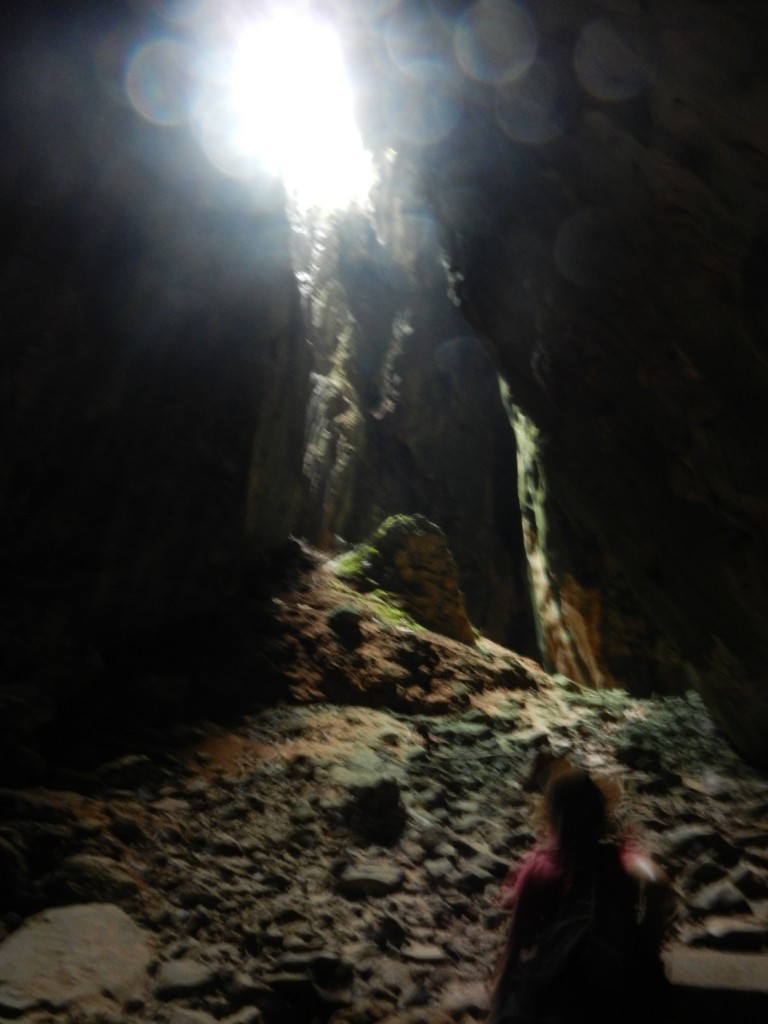
Even though the Batu Caves had been known about for a long time it was only when they were discovered by British Colonial authorities, following their noses to the wafting smell of bat guano, that they became popular as a destination. Then in 1890 a local Indian trader was inspired to put a temple into the main cave and Batu Caves were soon the centre for the Thaipusam festival in Malaysia.
Today the shrine is one of the most popular outside of India and visitors are welcomed by an enormous golden statue dedicated to Lord Murugan. The flight of 270 steps leading up to the Temple Cave has Macaque monkeys scampering all around it looking for food and, slightly surreally, the occasional rather regal-looking chicken. The monkeys clearly do well out of the visitors, many of them were eating and there were babies all over the place. We’d been warned they could be territorial, but we saw no signs of aggression even when quite close to them.
The Temple Cave is an absolutely enormous cavern with light, and today rain, flooding in through several huge skylights in the rock. The Caves are limestone and come complete with the usual wonderful flowing shapes that water cuts into such places. The sheer size here though is exceptional. The actual surrounds are a bit tawdry and dirty but as long as you keep looking upwards it’s awe-inspiring.
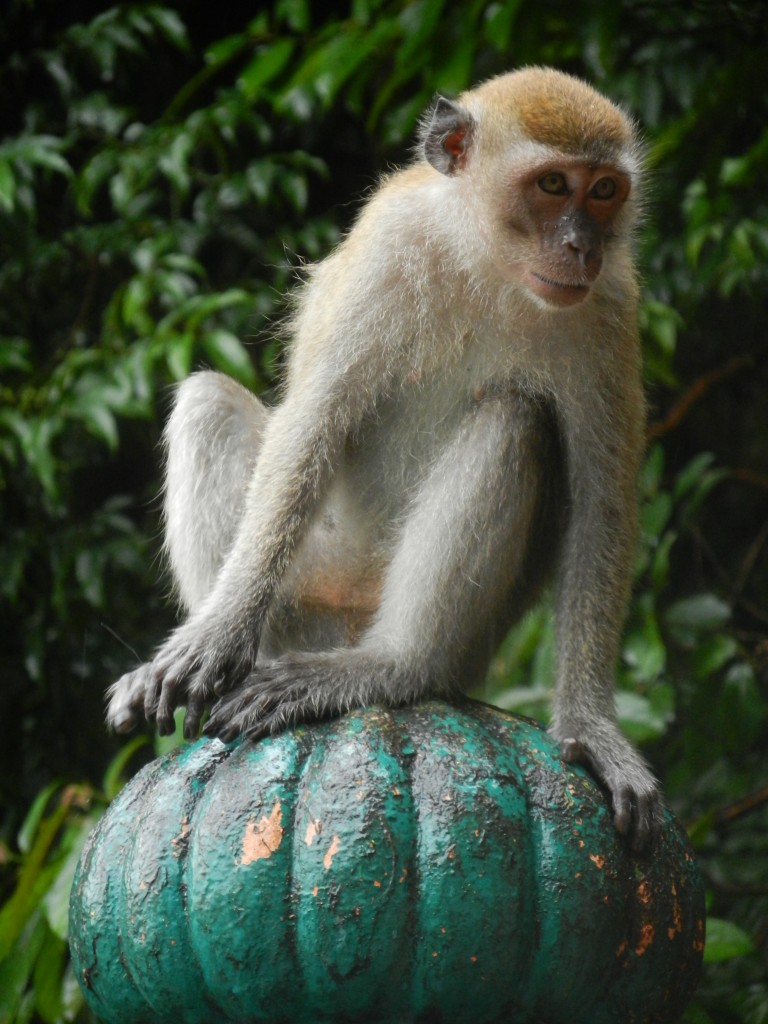
About 20m down from Temple Cave you can go on a tour into Dark Cave. We had thought that a slightly risible name for a cave until realising that most of the caves here have light flooding into them from holes in the ceiling. Dark Cave is run by the Malaysian Nature Society who organise educational tours. We went on a great, really informative tour which turned out to be just us and a guide. The caves are home to some unique fauna – especially several species of insect and spider – and to tens of thousands of bats. I think the most memorable thing we saw was the guano pit. This is a deep, deep pit full of bat poo. When you first look at it you’re taken with just the idea that it would be a bad thing to fall into and then you gradually realise that its entire surface is moving, covered with a carpet of insects feasting on the guano – it is exactly like something out of an Indiana Jones movie.
We’ve visited a fair few caves over the years, but the thing that makes Batu Caves different in our experience is that it has a thriving ecosystem. Most caves are sterile places where its the rocks that attract attention. Here the rocks were interesting but not stunning, but all around you was cave-life. It’s the bats that are at the core of the whole thing – they transport food in from outside, one way or another, and through their efforts they allow the entire ecosystem to live. Apart perhaps from the monkeys, they don’t need bats or insects or trees, they just need tourists with bags of nuts.
For those who might come after: Everything we read said to catch a taxi to the caves: It’s just not necessary. We caught the train from KL Sentral and it cost us RM3 in total for the four of us on a clean, efficient train. The ride took 30 minutes and deposited us literally at the Cave’s front door. Strangely it cost twice as much to get back but even at RM6 (A$2) that’s ludicrously cheap. To do the Dark Cave Tour just turn up, it was RM38 for an adult and takes about 45 minutes.

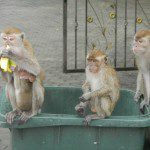
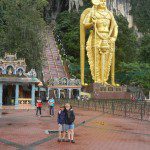
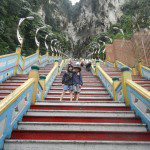
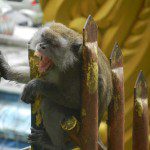
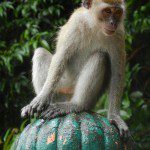

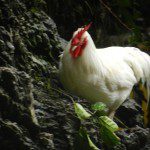
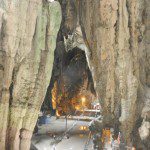
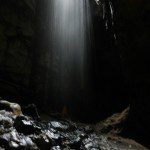
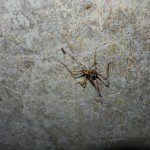
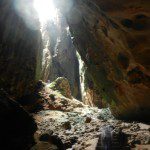
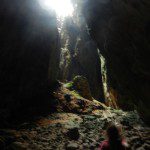
I came across your website on google and check out a few of your early posts. Continue with the very good posts. Ill likely be by again to read more, thanks for the info!.